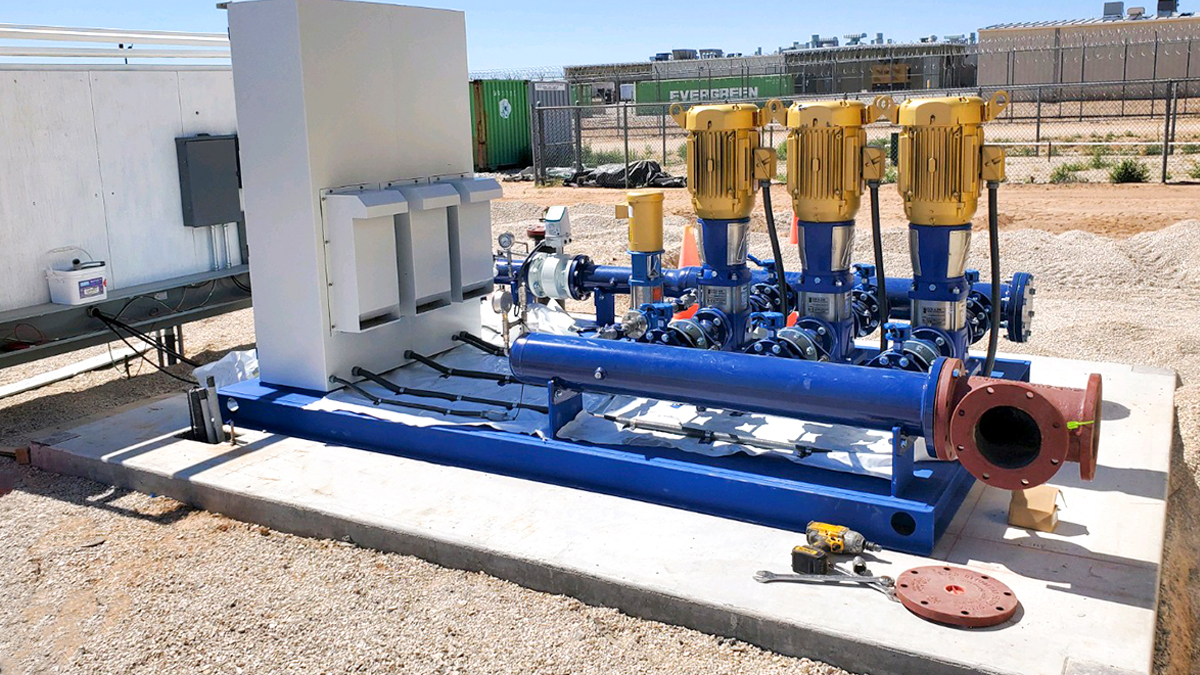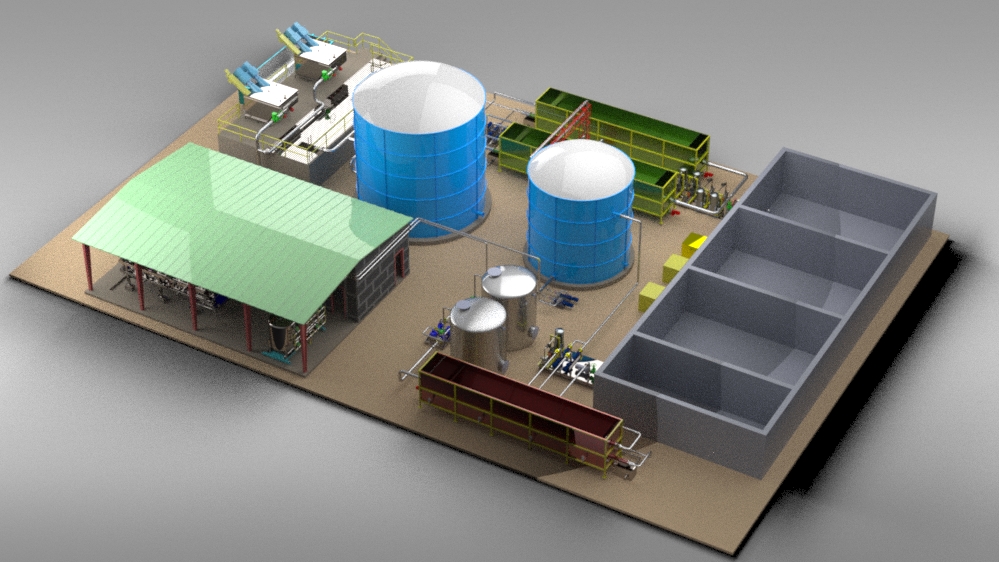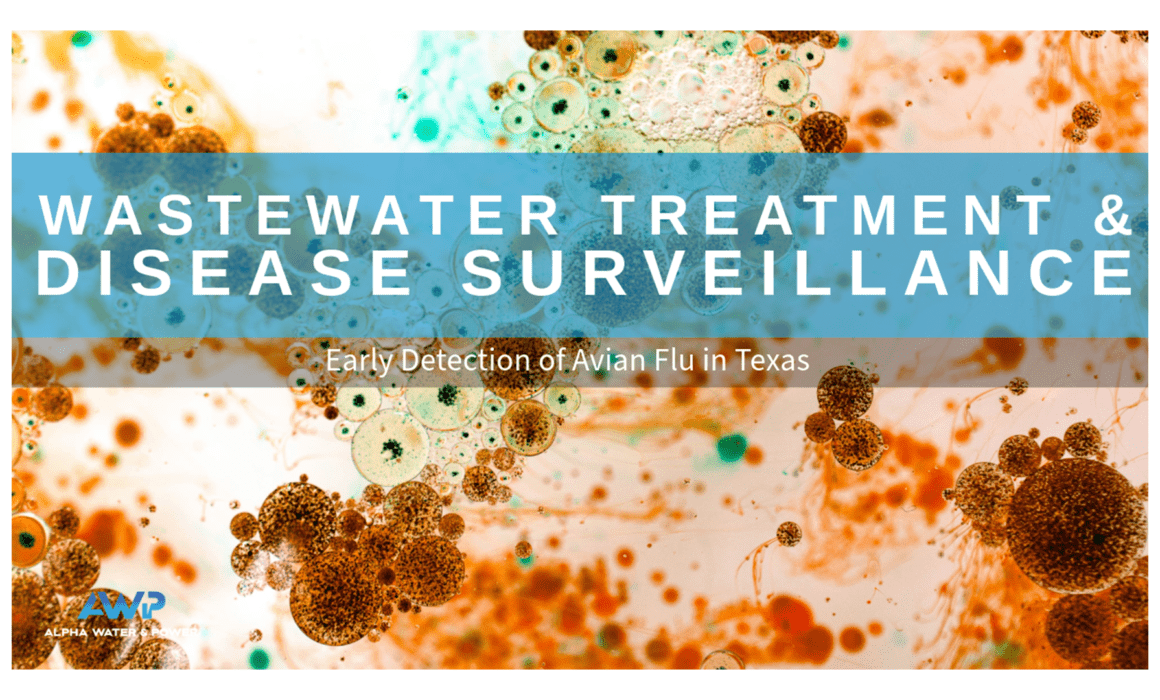Wastewater Treatment: A Crucial Tool in Public Health and Disease Detection
Wastewater treatment has long played an essential role in safeguarding public health, ensuring that pollutants, contaminants, and harmful pathogens are removed before water is returned to the environment. However, recent developments in wastewater surveillance, particularly in the early detection of infectious diseases, are revealing new and transformative roles for these treatment systems.
In early 2024, wastewater treatment plants in Texas detected biomarkers for H5N1 avian influenza in their systems weeks before the virus caused outbreaks in cattle. This breakthrough in disease surveillance demonstrates how wastewater treatment can not only purify water but also act as an early warning system for emerging public health threats. In this article, we will explore how wastewater treatment is becoming a vital tool in tracking zoonotic diseases like avian flu, the benefits of wastewater surveillance, and its implications for the future of public health.
Wastewater Surveillance: A Game Changer in Disease Detection
Wastewater treatment plants are no longer just about treating and cleaning water—they are becoming key players in public health surveillance. Through the analysis of wastewater, scientists can detect viral biomarkers, giving authorities the ability to monitor the spread of diseases within a community, often before clinical cases are reported.
Detecting Avian Flu Early: The Texas Case
A recent study conducted by the WastewaterSCAN team at Stanford University highlights the significant role wastewater surveillance can play in detecting emerging diseases like avian flu. In early 2024, the team deployed a specialized probe designed to detect biomarkers of the H5N1 avian influenza virus in Texas wastewater treatment plants. Remarkably, the probe detected the virus two weeks before any animal cases were reported, and an entire month before the virus was officially confirmed in cattle.
This early detection allowed researchers to provide vital information to public health authorities, potentially enabling a faster and more effective response to control the spread of the virus. The study shows how wastewater treatment plants can serve as sentinels for zoonotic diseases, helping to identify risks not only to animals but also to humans.
“Every second counts when responding to emerging pathogens—that’s why wastewater surveillance is a critical tool in the public health toolbox,” explains Alessandro Zulli, PhD, a postdoctoral fellow at Stanford University, who presented the study’s findings at IDWeek.
How Does Wastewater Surveillance Work?
Wastewater surveillance involves the collection and analysis of water samples from treatment plants to detect viral RNA or other biomarkers associated with diseases. This process typically includes several steps:
- Sample Collection: Wastewater samples are taken from various points in the treatment process, often before water undergoes significant purification.
- Laboratory Analysis: These samples are tested for the presence of viral RNA, such as influenza, norovirus, or even SARS-CoV-2. Advanced techniques like PCR (polymerase chain reaction) can identify and quantify specific pathogens in the water.
- Data Correlation: The data from wastewater is compared with clinical reports and health records, allowing researchers to identify trends, predict outbreaks, and guide public health interventions.
Wastewater surveillance has proven particularly useful for tracking viral diseases like COVID-19, respiratory syncytial virus (RSV), and now, avian flu. The ability to detect viruses in wastewater before clinical cases appear gives public health officials valuable lead time to prepare and respond to outbreaks.
The Role of Wastewater Treatment in Public Health
Wastewater treatment plants have always been critical for preventing waterborne diseases, but now their role in public health has expanded. By monitoring wastewater for viral pathogens, treatment plants can offer real-time data that reflects the health of the surrounding population.
Early Warning System for Zoonotic Diseases
Zoonotic diseases, which are transmitted between animals and humans, pose a growing threat to global health. The recent detection of avian flu in Texas wastewater highlights the effectiveness of wastewater surveillance in tracking these diseases. Since many zoonotic viruses, like H5N1, originate in animals before spreading to humans, wastewater systems offer a unique opportunity to catch these pathogens early, often before they affect the human population.
In the case of Texas, the detection of the H5N1 biomarker at wastewater treatment plants preceded outbreaks in cattle by several weeks, offering valuable time for intervention. This early detection can help prevent the virus from spreading to humans, potentially averting a larger public health crisis.
Improved Response to Emerging Pathogens
One of the key benefits of wastewater surveillance is its ability to act as an early warning system for emerging pathogens. By analyzing trends in viral RNA present in wastewater, health officials can identify hotspots of infection and take action before the disease spreads widely. In addition, wastewater surveillance provides a more comprehensive picture of disease prevalence than clinical reports alone, as not all cases of infection result in individuals seeking medical care.
According to Alessandro Zulli, “Expanded use of wastewater surveillance will give public health professionals the early warning system they need to address emerging infectious diseases threats.” This proactive approach to public health can save lives and reduce the strain on healthcare systems during outbreaks.
The Advantages of Wastewater Surveillance in Disease Management
Wastewater surveillance offers several advantages over traditional disease monitoring methods, particularly in its ability to provide real-time data and detect infections early. Some of the key benefits include:
- Early Detection: Wastewater can reveal the presence of pathogens weeks before cases are reported in clinical settings, allowing for faster response times.
- Comprehensive Coverage: Unlike clinical data, which only captures information from individuals who seek treatment, wastewater data reflects the overall infection levels in a community, offering a more complete picture of public health.
- Cost-Effective: Collecting and analyzing wastewater is more efficient than widespread individual testing, particularly in large populations or during pandemics.
- Non-Invasive: Wastewater surveillance does not require direct testing of individuals, making it a less invasive and more socially acceptable method of tracking diseases.
Future Implications for Wastewater Treatment and Public Health
As the role of wastewater treatment expands into public health surveillance, the future implications are significant. Wastewater surveillance is poised to become a cornerstone of disease detection and management, particularly as emerging pathogens continue to pose a global threat.
In the coming years, wastewater treatment plants could serve as hubs for tracking not only viral diseases but also antibiotic resistance, environmental toxins, and other public health concerns. For companies like Alpha Water & Power, which are committed to advancing wastewater treatment technologies, this shift represents an exciting opportunity to contribute to both environmental sustainability and public health.
Conclusion: Wastewater Treatment’s Evolving Role in Public Health
The detection of avian flu biomarkers in Texas wastewater before outbreaks in cattle is a powerful reminder of the importance of wastewater treatment in modern public health. Through the use of wastewater surveillance, treatment plants can act as early warning systems, providing crucial data that helps prevent the spread of diseases. As the world continues to face new and emerging health threats, wastewater treatment systems will play an increasingly vital role in safeguarding communities and ensuring rapid public health responses.
Alpha Water & Power remains at the forefront of these developments, working to optimize wastewater treatment technologies and integrate them into broader public health strategies. By embracing the potential of wastewater surveillance, we can build a safer, healthier future for all.
FAQs
What is wastewater surveillance?
Wastewater surveillance is the process of collecting and analyzing water from treatment plants to detect the presence of viral RNA or other disease biomarkers, providing early warnings of public health threats.
How did wastewater treatment detect avian flu in Texas?
In early 2024, wastewater treatment plants in Texas used a probe to detect the H5N1 avian flu biomarker two weeks before outbreaks in cattle were reported, showcasing the ability of wastewater surveillance to detect diseases early.
What are the benefits of wastewater surveillance in public health?
Wastewater surveillance offers early detection of diseases, comprehensive population coverage, cost-effectiveness, and non-invasive monitoring, making it an essential tool in managing public health crises.
Can wastewater treatment help track other diseases?
Yes, wastewater treatment systems have been used to track various viral diseases, including SARS-CoV-2, RSV, and norovirus, and they can potentially be used to monitor antibiotic resistance.
Why is early detection through wastewater surveillance important?
Early detection allows public health officials to intervene quickly, reducing the spread of diseases and improving outcomes by giving communities more time to prepare and respond to emerging health threats.










